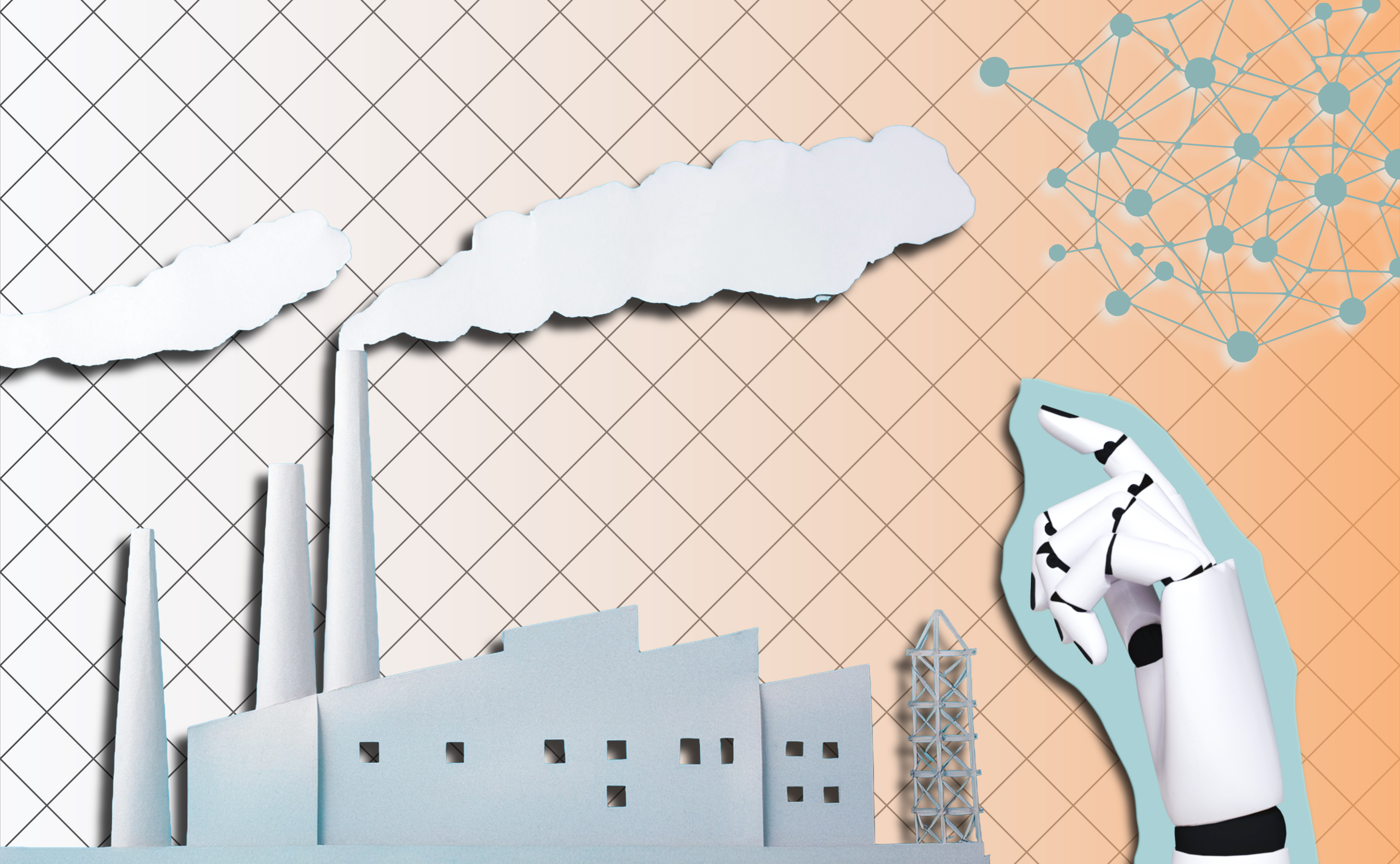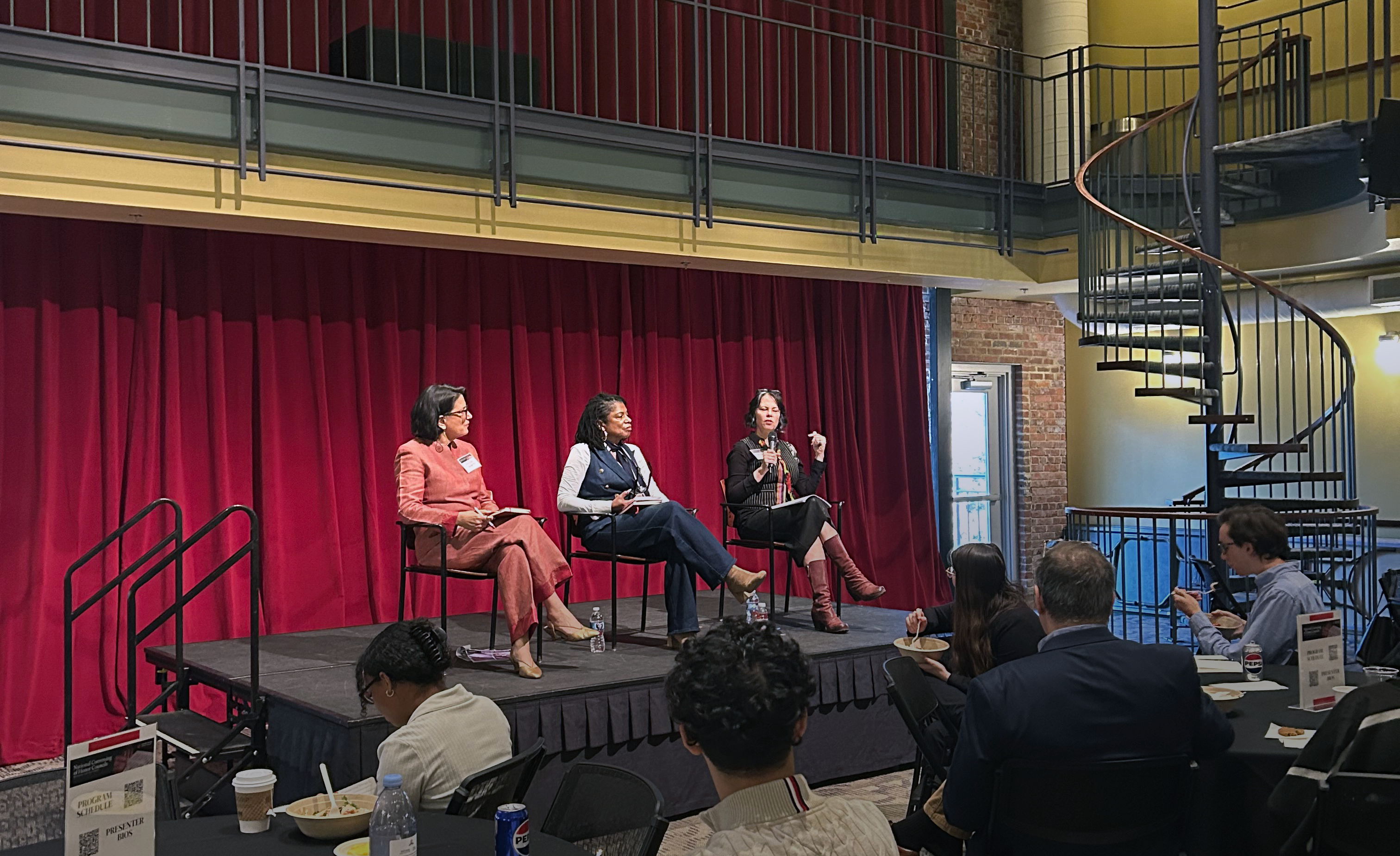On Course: "CHE 106, The Global Energy Challenge" Explained by Durwin Striplin
March 25, 2022
- Author
- Jay Pfeifer
Professor Durwin Striplin
Durwin Striplin, Chair and Professor of Chemistry, gives us the 101 on one of the courses he teaches, "CHE 106: The Global Energy Challenge."
The What
This class is all about scale. We mean it when we say we are discussing the “global energy challenge.” We are trying to understand how energy is created at a massive scale. I want students to understand what goes into flipping a light switch and then think about what happens when a billion people flip light switches.
Students are used to thinking in grams or kilograms. This class asks them to think about exagrams and zettagrams—which are 10 to the 18th and 10 to the 24th. The numbers get so big, they actually have a hard time wrapping their heads around it.
The Who
This is for non-chem majors, which means we have a wide range of students. I’ve got economists, I’ve got people in gender studies, and that’s what makes it so enjoyable. Everybody in this room is contributing from their viewpoint.
There is a lab component, though. I do the regular explosions I do in any class (laughs) but they learn about combustion-type reactions. They learn how to extract energy chemically; they make biodiesel and they make solar cells.
The Why
We all use energy, so everyone has ideas how to produce more energy or to produce it differently. They learn about how all these systems work. A couple of lectures ago, I said, “Okay, everybody get on Google. Give me the latest news articles about energy.” And they see that there are tons of news articles about energy, and then they start to find out how energy can shape the geopolitical landscape. They’re starting to think about what energy means—that will make them better citizens and more informed voters.
To Do
They’re graded on three major projects that address the notion of increasing scale. For the first, they design their own house. They write a two-page report about its design and how it uses energy, draw up some renderings and then present their design.
The second project expands on that. Teams of three or four students build a community with the goal of using energy efficiently.
Then, for the third and final project, the whole class works together to design a global energy plan. They represent regions on the Earth, but they’re supposed to come up with an energy plan for the world from 2021 to 2060. I’ll throw them in the room for about three or four class periods, and they work on it. Right before Thanksgiving break, they tell me their plans.
This article was originally published in the Fall/Winter 2021 print issue of the Davidson Journal Magazine; for more, please see the Davidson Journal section of our website.



